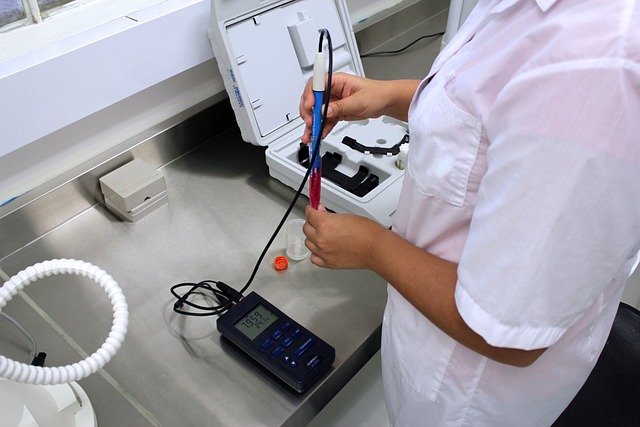Transmission of STDs
Modes of Transmission
Modes of transmission play a critical role in understanding how sexually transmitted diseases (STDs) spread and how individuals can protect themselves. The pathways through which these infections are transmitted can vary significantly depending on the specific pathogen involved, as well as the behaviors and practices of individuals. By examining these modes of transmission, we can better appreciate the importance of education and preventive measures in reducing the incidence of STDs.
The most common mode of transmission for many STDs is through sexual contact, which includes vaginal, anal, and oral sex. During these activities, infectious agents can be passed from one person to another via bodily fluids such as semen, vaginal secretions, and blood. This direct transfer is particularly concerning with infections like gonorrhea, chlamydia, syphilis, and HIV, where the presence of lesions or mucosal abrasions can facilitate the entry of pathogens. Understanding this mode of transmission underscores the necessity of consistent and correct use of barrier methods, such as condoms, to reduce the risk of infection.
In addition to direct sexual contact, STDs can also be transmitted through non-sexual means, albeit less commonly. For example, sharing needles or syringes during intravenous drug use poses a significant risk for bloodborne infections like HIV and hepatitis B and C. Furthermore, vertical transmission from mother to child during childbirth or breastfeeding can occur with infections such as syphilis, HIV, and herpes. These routes of transmission highlight the importance of comprehensive sexual health education that extends beyond sexual behavior to include discussions about drug use and maternal health.
Another critical aspect of transmission is the role of asymptomatic carriers, individuals who harbor an STD but do not exhibit symptoms. This silent spread can be particularly insidious, as infected individuals may unknowingly transmit the disease to their partners. For instance, human papillomavirus (HPV) and herpes simplex virus (HSV) can be transmitted even when no visible sores or lesions are present. This phenomenon emphasizes the need for regular testing and open communication between partners regarding sexual health, as many STDs can remain undetected for extended periods.
Finally, understanding modes of transmission is essential for informing public health strategies and individual prevention efforts. Awareness campaigns that educate the public about how STDs spread can lead to more proactive health-seeking behaviors, such as routine screenings and vaccination for preventable infections like HPV and hepatitis B. By fostering a culture of openness and dialogue surrounding sexual health, society can work towards reducing the stigma associated with STDs, encouraging individuals to seek the information and resources they need to protect themselves and their partners.


No responses yet